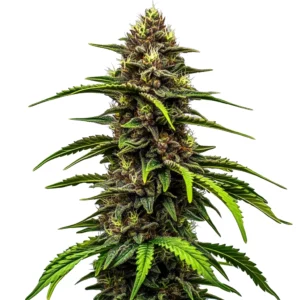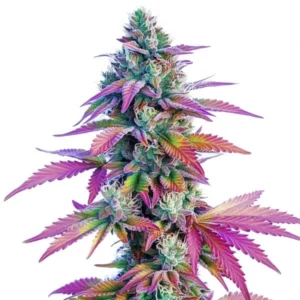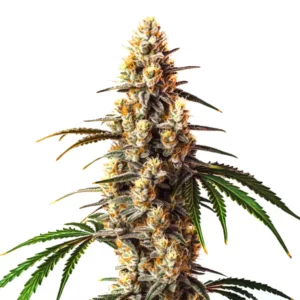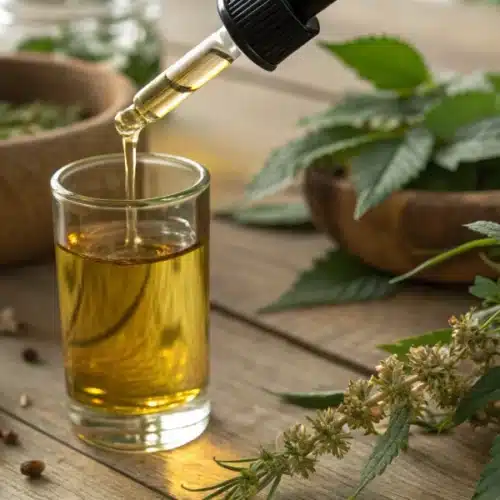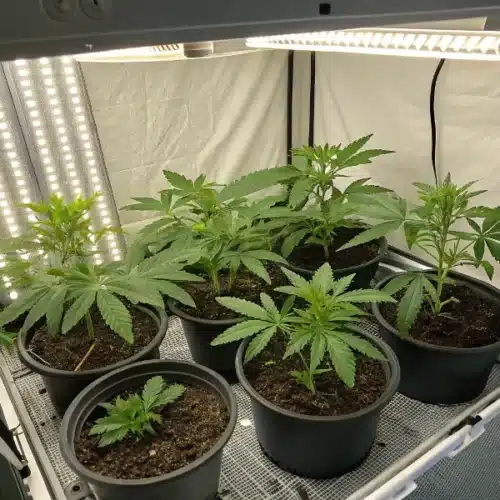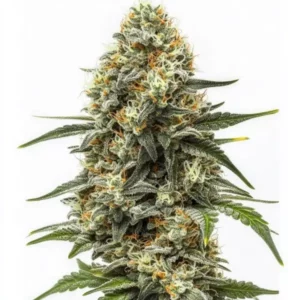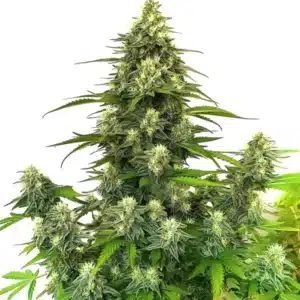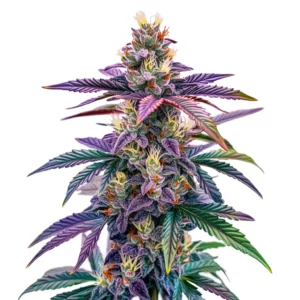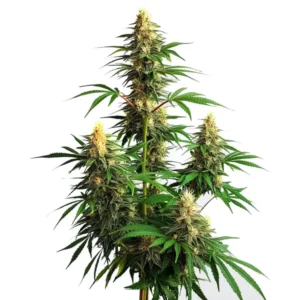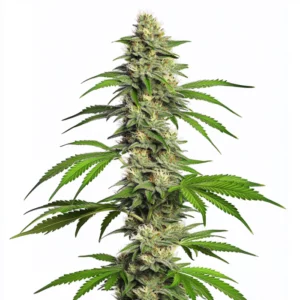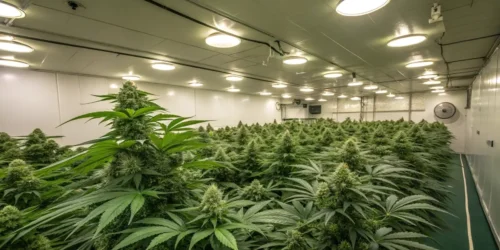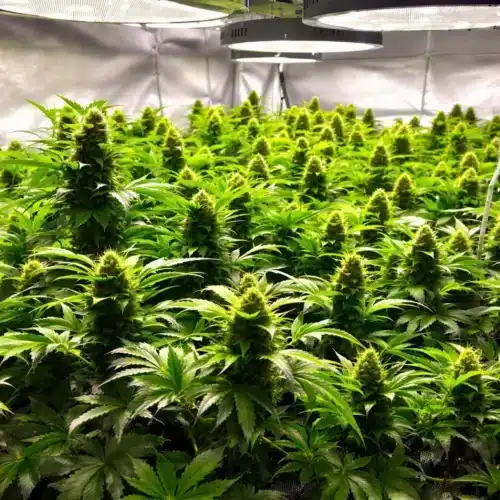What Are Big Yield Cannabis Strains?
Characteristics of High-Yielding Strains
Big yield cannabis strains are varieties bred specifically for their ability to produce abundant harvests. These strains typically feature robust genetics, dense bud formation, and efficient nutrient uptake. They are often characterized by their ability to thrive under diverse conditions, making them suitable for both novice and experienced growers.
High-yield strains are known for their vigorous growth patterns, often developing multiple bud sites. Their thick, resinous flowers are not only visually appealing but also packed with cannabinoids and terpenes. These characteristics make them a top choice for growers looking to maximize returns.
Why Choose Big Yield Strains for Cultivation?
Choosing big yield cannabis strains ensures that your efforts result in the largest possible harvests. Whether you’re growing for personal use or commercial purposes, these strains deliver impressive output. High-yield varieties also allow growers to make the most of their space, producing more cannabis per square foot.
Additionally, big yield strains are often more forgiving, offering resilience against common challenges like pests, mold, and environmental fluctuations. This makes them ideal for both indoor and outdoor setups, catering to growers with varying levels of expertise.
Promos & Deals
Top Big Yield Cannabis Strains
Super Silver Haze: A Sativa Powerhouse for Big Harvests
Super Silver Haze is a sativa-dominant strain renowned for its towering plants and impressive yields. With THC levels often exceeding 20%, it delivers uplifting effects and citrusy flavors. This strain thrives in controlled indoor environments with proper training techniques like SCROG (Screen of Green).
Growers can expect harvests of up to 21 ounces per plant outdoors or 2-3 ounces per square foot indoors. Its long flowering time of 10-11 weeks is rewarded with dense, resin-coated buds.
Pineapple Express: High Yields with Tropical Flavors
Pineapple Express combines the best of sativa and indica genetics to deliver balanced effects and massive yields. Known for its sweet, tropical aroma, this strain performs exceptionally well in indoor settings. With proper care, it can yield up to 18 ounces per square meter indoors and even more outdoors.
This strain’s adaptability and fast flowering time of 8-9 weeks make it a favorite among growers seeking efficiency and quality.
Big Bud: A Legendary Strain Known for Massive Buds
Big Bud lives up to its name by producing some of the largest flowers in the cannabis world. An indica-dominant hybrid, it’s celebrated for its calming effects and earthy flavors. Big Bud thrives in hydroponic systems, where yields can exceed 20 ounces per plant.
With a flowering time of 7-8 weeks, this strain’s quick turnaround and high yield potential make it an excellent choice for growers aiming for maximum efficiency.
Banana Kush: Impressive Yields with Sweet Aromas
Banana Kush combines the genetics of OG Kush and Banana, resulting in a strain that delivers heavy yields and a sweet, fruity profile. It flourishes in indoor setups with controlled lighting and proper pruning.
Expect yields of 17-20 ounces per square meter indoors, with a flowering time of 8-9 weeks. Its potent effects and rich flavors make it a staple for both recreational and medicinal users.
AK-47: Balanced Effects and Exceptional Production
AK-47 is a hybrid strain that balances sativa and indica traits, producing relaxing yet uplifting effects. Its compact size and resilience make it perfect for indoor cultivation. With optimal conditions, growers can achieve yields of up to 16 ounces per square meter.
This strain’s flowering period is relatively short at 7-9 weeks, making it a reliable option for those seeking high yields without prolonged growing cycles.
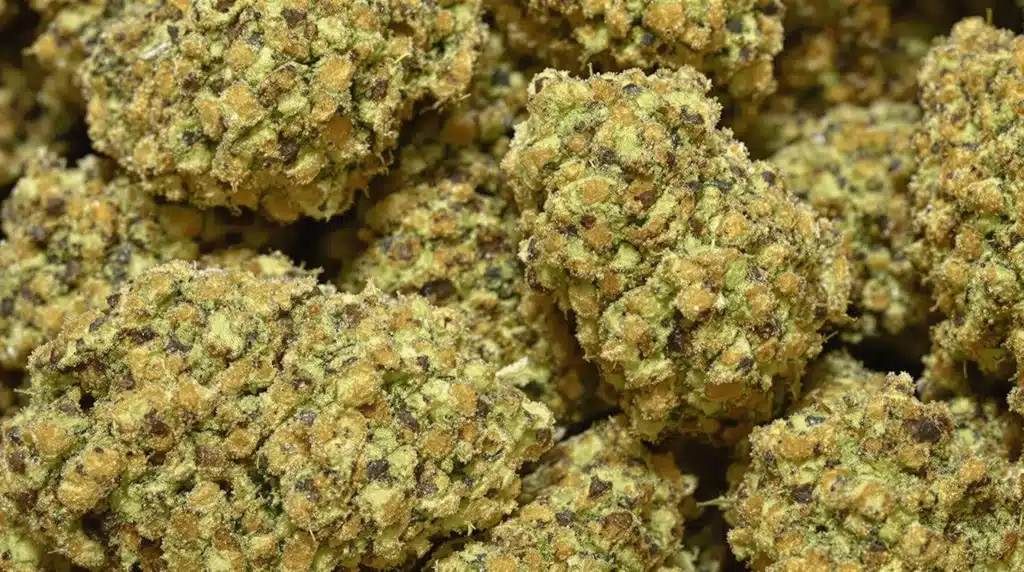
Factors That Influence Cannabis Yield
Indoor vs. Outdoor Yields: What’s the Difference?
Indoor growing allows for precise control over critical environmental factors such as light, temperature, and humidity. This precision often leads to buds of superior quality, though yields may be smaller due to space constraints. Indoor setups also provide year-round growing opportunities, unaffected by seasonal changes.
Outdoor cultivation, by contrast, leverages natural resources like sunlight and rain. This method typically produces larger harvests but introduces risks such as pests, mold, and weather fluctuations. Success hinges on selecting the right strain and carefully managing environmental conditions.
Importance of Strain Genetics
Strain genetics are fundamental to achieving high yields. High-yield cannabis strains are specifically bred for traits like robust growth, resistance to pests, and resilience against mold. These strains also boast enhanced cannabinoid and terpene profiles, delivering not only larger harvests but also exceptional potency and flavor.
When choosing seeds, rely on reputable seed banks that provide detailed strain information. This ensures you select a variety suited to your skill level, climate, and cultivation goals, laying the groundwork for a successful grow.
Role of Nutrients and Feeding Schedules
Proper nutrition is vital for robust plant growth and high yields. During the vegetative stage, plants require nitrogen-rich nutrients to fuel leaf and stem development. Transitioning to flowering, the focus shifts to phosphorus and potassium to promote bud formation and resin production.
A well-structured feeding schedule tailored to the strain’s needs minimizes the risk of deficiencies or toxicities. Regularly monitor pH levels and nutrient uptake to maintain a balanced feeding regimen, ensuring your plants remain healthy and productive.
Tips for Maximizing Cannabis Yields
Implementing SCROG (Screen of Green) Techniques
The SCROG method is a powerful technique for increasing yields in limited spaces. This involves training plants to grow horizontally through a mesh screen, which creates a flat canopy. By exposing all bud sites to uniform light, SCROG ensures optimal development and maximizes harvest potential.
Begin SCROG early in the vegetative stage by placing the screen a few inches above the plants. Gently guide branches through the mesh as they grow, ensuring an even distribution of light and airflow. This proactive approach also simplifies maintenance and improves plant health.
Proper Pruning and Training Methods
Pruning involves removing unnecessary leaves and branches to improve light penetration and airflow. This step reduces the risk of mold and encourages the plant to direct its energy toward bud production. Complement pruning with training methods like topping or LST, which encourage lateral growth and increase the number of bud sites.
Regularly assess plant structure to identify areas needing attention. A well-pruned and trained plant is not only healthier but also significantly more productive.
Managing Light and Temperature for Optimal Growth
Light intensity and temperature are critical factors in maximizing yields. Use high-quality LED or HPS lights to provide consistent, powerful illumination. Maintain temperatures between 70-80°F during the vegetative phase, dropping slightly during flowering to enhance resin production.
Closely monitor environmental conditions with hygrometers and thermometers. Stable lighting and temperature create an optimal environment for vigorous growth and abundant harvests.
Best Growing Methods for Big Yield Strains
Hydroponics: Maximizing Efficiency and Output
Hydroponic systems are highly effective for achieving large yields. By delivering nutrients directly to the roots through water, these setups eliminate the need for soil and accelerate plant growth. Popular hydroponic systems include Deep Water Culture (DWC), nutrient film technique (NFT), and aeroponics.
Hydroponics offers unparalleled control over nutrient levels and pH, reducing the risk of deficiencies. While the initial investment in equipment may be higher, the resulting yield and efficiency often justify the cost.
Soil Cultivation: Simplicity with Strong Results
Growing in soil is a straightforward and reliable method for cultivating cannabis. Organic soil enriched with compost or natural amendments like bat guano provides a nutrient-rich foundation for healthy growth. Soil also acts as a natural buffer, making it more forgiving for beginner growers.
Despite being less precise than hydroponics, soil cultivation produces flavorful, aromatic buds, making it a favorite among home growers seeking quality over quantity.
Outdoor Growing: Harnessing Natural Resources
Outdoor cultivation takes advantage of sunlight, fresh air, and natural soil conditions. High-yield strains like Big Bud and Super Silver Haze thrive in outdoor environments, producing massive harvests when given ample space and care.
Outdoor growing requires careful site selection to ensure adequate sunlight exposure and protection from harsh weather. While it demands less financial investment, successful outdoor cultivation hinges on diligent monitoring and pest management.
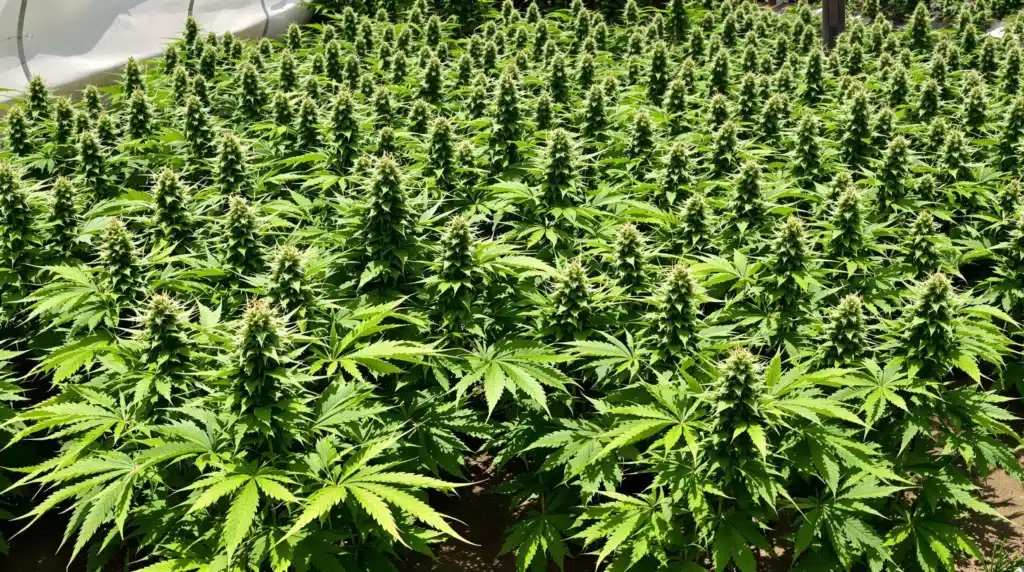
FAQs About Big Yield Cannabis Strains
What is the best strain for large harvests?
Strains like Big Bud, Super Silver Haze, and Gorilla Glue #4 are renowned for their exceptional yield potential. These varieties consistently produce dense, resinous buds and thrive under both indoor and outdoor conditions. Choosing one of these strains ensures a bountiful harvest with proper care.
How do I boost yields for any cannabis strain?
Maximizing yields involves implementing advanced growing techniques like SCROG and LST. Providing consistent light cycles, maintaining optimal nutrient levels, and closely monitoring environmental factors such as humidity and temperature are key. Regular plant inspections and timely interventions for issues like pests or deficiencies further enhance yield potential.
Are big yield strains harder to grow?
Many big yield strains are bred for resilience, making them suitable for growers of all experience levels. While some may require more attention to feeding schedules or training techniques, their robust genetics and high productivity often offset the added effort. With the right approach, even beginners can achieve impressive results with high-yield strains.

